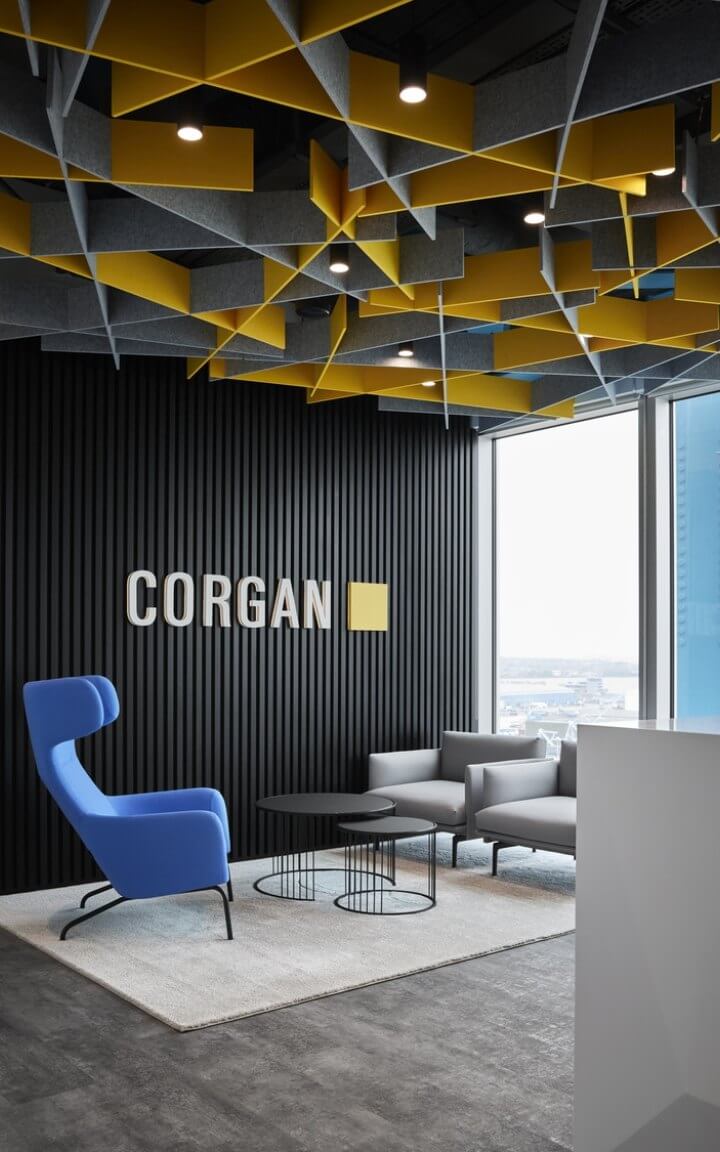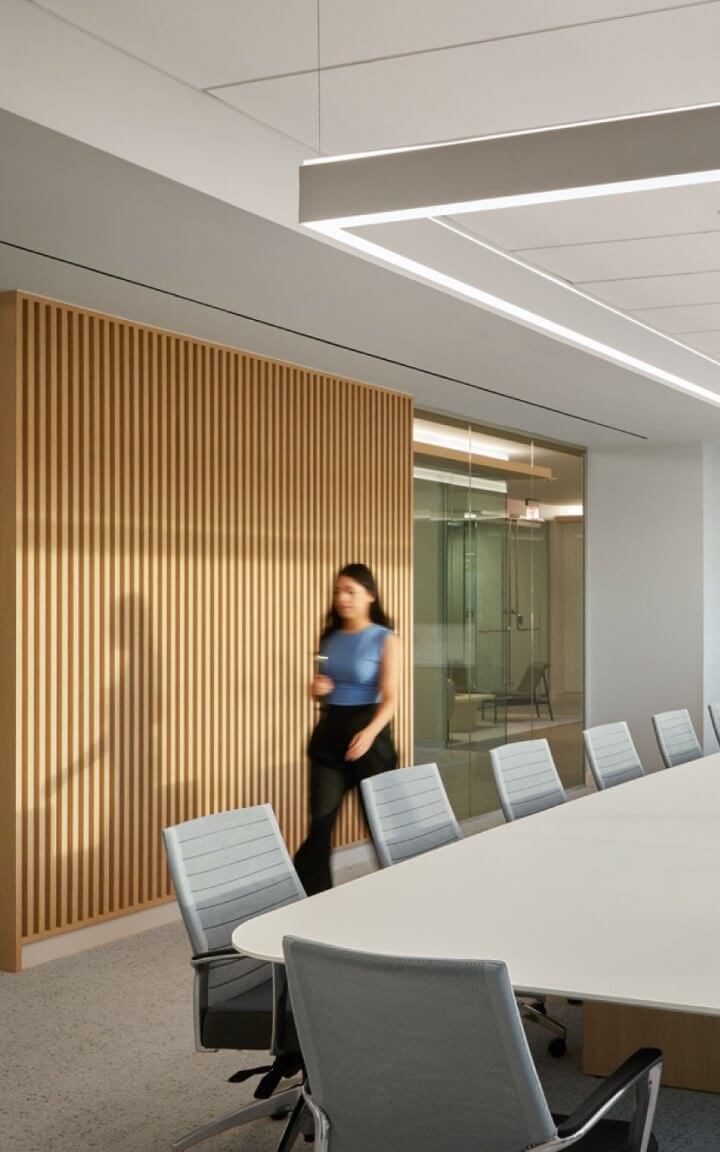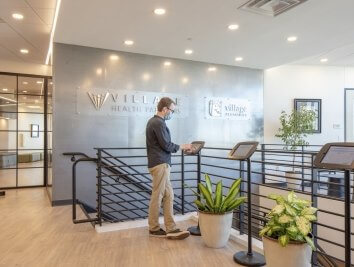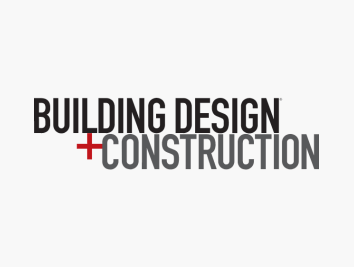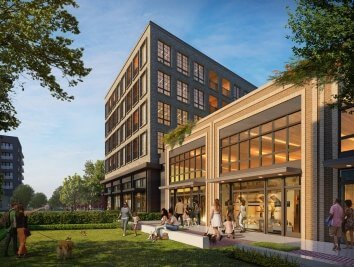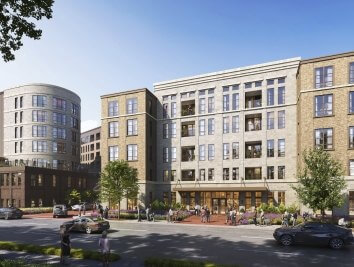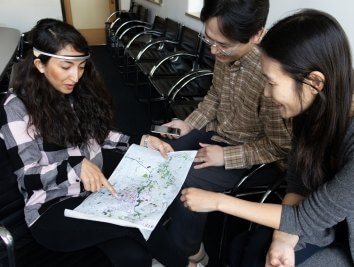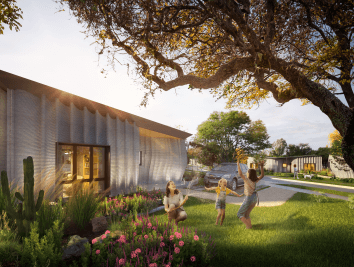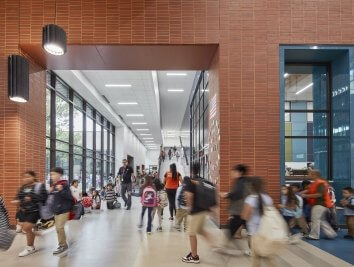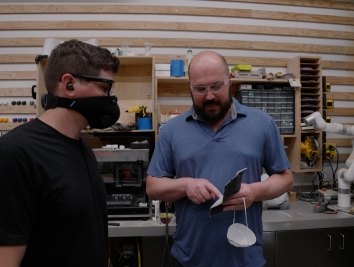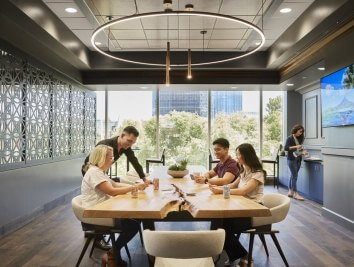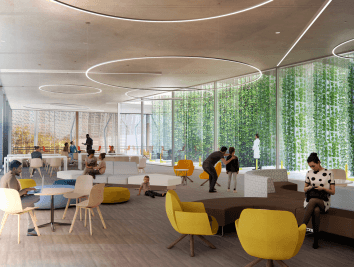Places Unplugged: Complete Communities
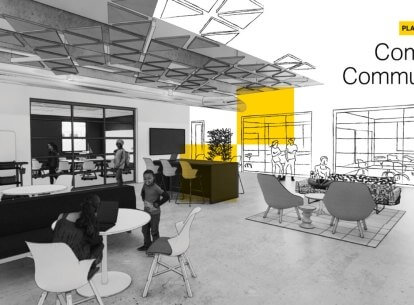
It is impossible to ignore the direct influence architecture has in our communities through schools, parks, grocery stores, homes, and business. What we place on a site will vastly affect those living in surrounding neighborhoods—inviting increased economic activity, adding community-building assets, and encouraging a vibrant pedestrian streetscape, for instance. Conversely, however, a lack of context or disinvestment in the surrounding infrastructure can worsen divides and disparities. It is the responsibility of architects, designers, community leaders, and decision makers to responsibly approach these spaces—honoring their history, developing a deep, authentic understanding of their challenges and preferences, and continuously evolving and correcting the mistakes of the past.
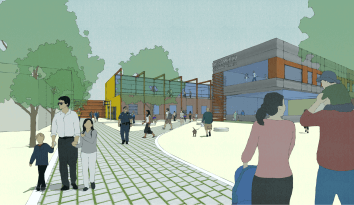
Case Study
The Complete Communities initiative was created to improve Houston’s historically underserved neighborhoods by providing quality services, amenities, and infrastructure advancements through private capital investment. In late 2020, HNOMA and AIA Houston partnered with the City of Houston on Complete Communities - Designing for Impact with the goal of demonstrating the value of a community-informed design process—encouraging participation from the neighborhood, and promoting conceptual ideas founded on the power of a community engagement strategy.
Architects were encouraged to form teams and lend their knowledge, experience, skills, and time to help progress anchor projects predesignated by the City of Houston Complete Communities. The speed charrette was supported by a kick-off panel discussion and community engagement workshop, which connected teams directly with neighborhood stakeholders, culminating in a presentation to the community. Corgan’s education team in Houston was charged with imagining the possibilities of a site located on the Westwood side of the Alief-Westwood community—to understand the neighborhood profile, its action plan, and design an asset building addition for the site.

The site assignment was accompanied with a data profile outlining its growing Hispanic population and strong Black and Asian presence. The site, which lies to the east of Beltway 8, is primarily comprised of multi-family housing. After speaking with a Complete Communities’ representative, we were told the city has plans for low-income housing adjacent to the proposed site. Other areas of note include Best Elementary School and Forum Park. To provide the greatest opportunity for community input, Corgan reviewed the provided data but refrained from developing design concepts or exploring possible solutions until after receiving community feedback.
Community-based Design
The goal of the community participation phase was to start a dialogue that:
Sourced the insights of the residents and stakeholders
Explored the connection of current challenges and priorities to the past
Established a connection and platform that empowered the community with the agency to participate the future of their neighborhood
The greatest concerns for the residents of Westwood was the area’s human trafficking and prostitution. The community also underscored the need of a safe, attractive, and enjoyable space for students to gather—one that would create an asset for the whole family. In addition to serving an intergenerational population, a growing number of immigrants also informed the programmatic needs of the center. Ultimately, safety took center stage. Without feeling secure, additional services such as parent resources or ESL classes would not be able to succeed—both the real and perceived safety of the design would be critical for the continued positive impact of the neighborhood.
As designers of educational facilities, no amount of Google-earthing could have brought to light the community’s concerns and aspirations or made real the context needed to design spaces that both work for and reflect the spirit of the community it serves. Rather, these facilities—schools, satellite campuses, etc.—have the distinct ability to shape the identity of the surrounding neighborhood, build community pride, create a space for belonging, offer a stage to form critical life skills and memoires, and serve as a catalyst in developing a neighborhood’s greatest asset: the people.
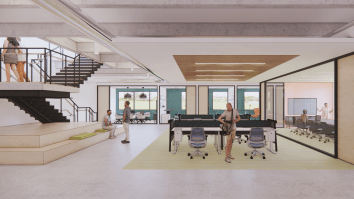
Design Proposal
The roughly 40,000-square-foot space proposed a center that would be inclusive of the diverse needs of the community. Age specific learning zones, an adult education center, outdoor recreation space, café/kitchen, and co-working spaces among other thoughtfully designed amenities and spaces create a destination for the community. From WiFi access and computers for both children and adults to an auditorium for community gathering, the center design is intended to support and enrich the daily rhythm of neighborhood life.
To promote the security of the site and the safety of the surrounding area, the proposal included a dedicated entrance on the south side for parents and private outdoor spaces and courtyards. Meanwhile, a highly visible public entrance and public courtyard tapped into the power of additional eyes on the street and a felt collective ownership of the space. Durable materials both inside and outside means that the building will not only be able to withstand typical use but that it will also provide an attractive, well-maintained asset to promote and inspire a shared sense of responsibility, pride, and safety.

Key Takeaways
Participatory design allows for understanding of a community’s unique circumstances. This leads to more successful design and can be done in many ways.
- Ask the experts – Design must begin with valuing and engaging in conversation with a diverse demographic and the several joint interests that surround the campus. Charrettes and planning sessions in multiple areas invite all neighborhoods zoned for the school to have access to these opportunities.
- Partnership – While the design and completion of a school often takes just a few years, the school serves as an asset for the community for generations. A strong partnership rooted in trust with the community is foundational to a successful project. Authentic communication and collaboration help to create a space that is a responsible steward of the area’s resources for years to come.
- Transparency – Education design is sometimes limited with certain parameters—regulatory, budgetary, or otherwise. Providing a real platform for influence where a contribution can impact the decision-making process is as important as clearly communicating these parameters.
Through participatory design practices we help add social value, build empathy, and contribute positively to the community we are designing for. As a team we are so grateful for the opportunity to work with and learn from the Alief-Westwood Community. The work Complete Communities is doing not only has a profound benefit on both the residents, designers, and the city of Houston but also on those responsible for designing the future of these community assets as it demonstrates the practical and potential impact of a more thoughtful, collaborative approach.
